By distancing ourselves from other species and entities, we deny the ecosystems of which we are all a part. To imagine nature as external to society (and to cities) has resulted in intensely commodified and destructively exploited landscapes (Wall, 2020)
In order to dissolve the western tendency to divide nature and culture, designers need to look closer at the non-human entanglements that exist in our built landscapes. This week’s activities took me on a search to disrupt this dualism.
After reading Patterned ground (Harrison, Pile and Thrift, 2004) and exploring the idea that nature and culture are not separate domains but deeply intertwined and mutually shaping, I investigated the overlooked spaces of my city to find patterns of human and non-human entanglements in coexistence. With no specific route devised I took a bus to the northern coast of Edinburgh and my journey terminated in Granton. A former industrial and maritime area, Granton has an extremely juxtaposed and perplexing landscape. On one hand, stretches of newly built waterfront housing, with perfectly manicured hedges and garden foliage surrounded by communal green spaces in various shapes and sizes, mowed to absolute exactness. On the other, vast areas of empty land, derelict, overgrown, and fenced off from public access. What intrigued me particularly were the intermediary spaces, the spaces where the remnants of former human activity can be seen, but also where nature had regained control. The pockets of untamed natural invasions are strikingly visible.
These areas are what Gilles Clément (2015) refers to as ‘third landscapes’, often spaces lying on the edges of man-made activity, from road shoulders to old railway lines, to wastelands and pavement edges, they allow nature to flourish and thrive free from the domination of man, pollution, and the chaos of the active city. Nature is given the freedom to grow, decay, die, migrate, and reinvent itself spontaneously and undisturbed.
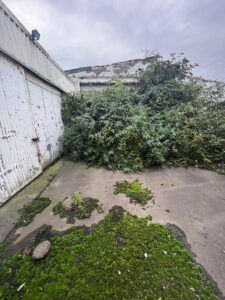
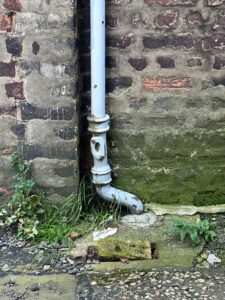
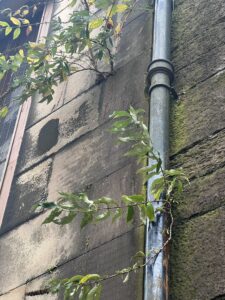
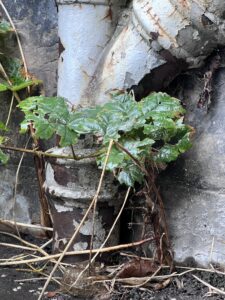
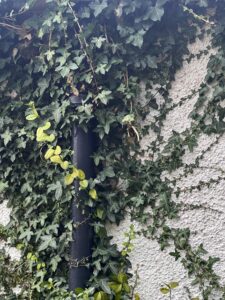
Third landscapes should be reevaluated by designers for their potential to host otherwise suppressed natural processes and not be seen as unproductive territory, but instead viewed as a valuable starting point for design thinking (Clement, 2015). We should see our architecture, our cities, our urban infrastructures as a host for supporting multiple levels of species interaction and exchange, that is not heavily intervened with or controlled by human activity. Instead our spaces and designs should reflect diversity and and co-living.
Visiting Granton highlighted the value of studying the non-human and human intersections of our built environments and the importance of recognising our interdependence with nature (McDonough, 2000). These untamed territories also offer designers an opportunity to better understand how nature orders itself, its complexities and opportunistic interactions, in order to help us recognise the ways in which natural processes evolve and how these should be respected and appreciated in our urban settings. As designers are constantly reimagining our built environments to achieve more sustainable and environmental conscious living, third landscapes are an example of how we can learn to ‘co-client’ with nature, designing for and alongside the natural world (Heatherington, 2021). When we fully accept that humans and our ways of life are intimately tied to our environment we can establish new senses of place, meanings, and identities within our cities. When human and non-human entanglements are in harmony, the natural world become culturally, as well as physically, embedded in the fabric of our urban environments.
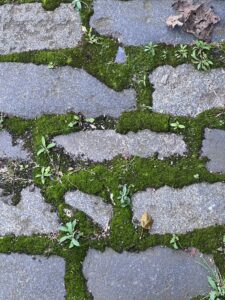
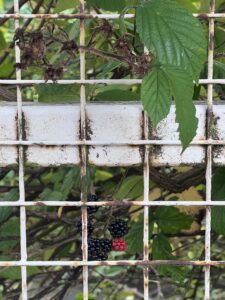
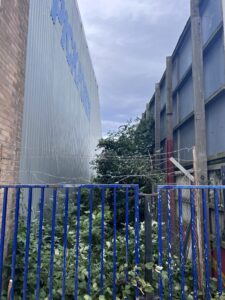
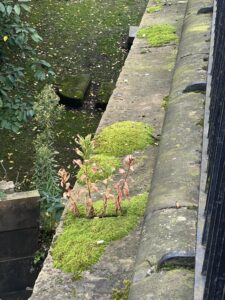
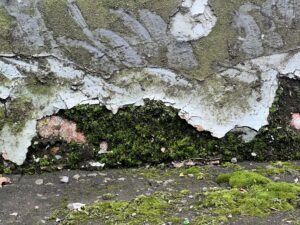
References:
Clément, G., 2015. ” The Planetary Garden” and Other Writings. University of Pennsylvania Press.
Harrison, S., Pile, S. and Thrift, N.J. eds., 2004. Patterned ground: entanglements of nature and culture. Reaktion Books.
Heatherington, C., 2021. Revealing Change in Cultural Landscapes. Abingdon: Routledge.
McDonough, W., 2000. The Hannover Principles.
Wall, E., 2020. Manifesto for future relations of landscapes. Brining nature into the city. Place and health in the age of Covid-19. The Journal of the Landscape Institute. Issue 3.



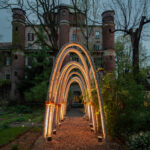


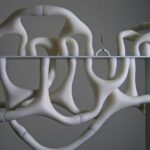

Yulia Kovanova
13 November 2023 — 19:29
Great example of human and non-human entanglement. These are really interesting observations; you bring in an interesting notion of ‘third landscapes’ and consider it through design. This is a very engaging and well-presented post!